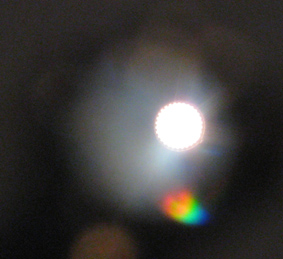- Joined
- May 3, 2001
- Messages
- 7,516
I think that Storm may not have the history exactly correct, but he makes a valid point. For many years the Indians received only the basest of rough and some of the most difficult gems to cut, usually only in the smalls.
When they finally did get allocations of larger better rough, they already knew how to work with the more difficult gems, which made working with nicer material easier.
Paul is also right though, there is a very small market of cutters to whom you can sell anything, so anything new has to be priced very high to get your investment back. If Sergey could sell ten million copies of his software, it would not need to be so expensive, but I am guessing that he will sell less than 5,000 copies ever unless he discovers immortality while studying diamonds, so it must be much more expensive. (I am speaking of the Pro version.)
I reserve the right to be completely wrong about the number of copies that he sells, it is only a guess.
Wink
When they finally did get allocations of larger better rough, they already knew how to work with the more difficult gems, which made working with nicer material easier.
Paul is also right though, there is a very small market of cutters to whom you can sell anything, so anything new has to be priced very high to get your investment back. If Sergey could sell ten million copies of his software, it would not need to be so expensive, but I am guessing that he will sell less than 5,000 copies ever unless he discovers immortality while studying diamonds, so it must be much more expensive. (I am speaking of the Pro version.)
I reserve the right to be completely wrong about the number of copies that he sells, it is only a guess.
Wink











300x240.png)